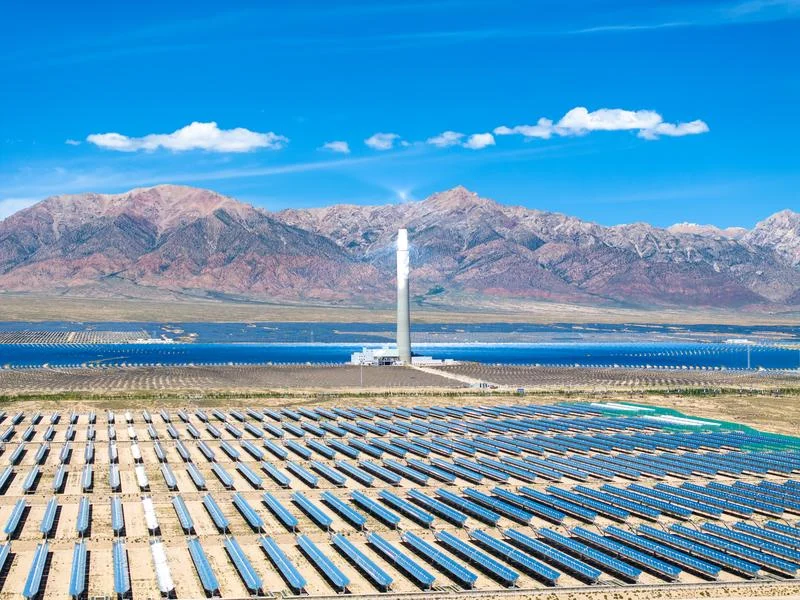In a historic tilt towards clean energy, solar power overtook coal in electricity generation across Europe last year, a new report from climate think tank Ember reveals. This milestone forms an important mark in the transition of the continent away from fossil fuels.
A new report shows that solar panels generated 11% of the European Union’s electricity in 2024, while coal accounted for only 10%. Fossil gas, another significant source of greenhouse gas emissions, continued its downward trend for the fifth consecutive year, now contributing just 16% to Europe’s power mix.
“This is a milestone,” said Beatrice Petrovich, a co-author of the report. “Coal is the oldest and dirtiest form of power generation. Solar energy, on the other hand, is the rising star.”
Declining Role of Coal
Coal was once the backbone of industrialization in Europe but has been cast out because of its highly polluting nature and contribution to global warming. The use of coal peaked in the EU in 2007 and has since been halved. In 2024, coal’s share of power generation fell in 16 of the 17 coal-using countries in the bloc. The report points out that coal is now “marginalised or absent” in most European electricity grids.
Historically, Germany and Poland have been the two largest consumers of coal in Europe, but both have taken some significant steps to clean up their energy. Coal’s share in Germany’s electricity mix was down 17% year-over-year, while Poland’s was down 8%.
Surge in Renewable Energy
Solar and wind energies have grown from nothing. They were 29% of EU electricity generation combined in 2024. Hydropower and nuclear also recovered ground that they lost in 2022.
It grew rapidly nonetheless on the back of record numbers of new solar panel installations despite getting less sunlight than last year overall. “The increase in solar power generation effectively translates into a reduction in fossil fuel combustion, which is great news,” said Jenny Chase, a solar analyst at BloombergNEF.
Fossil Gas in Structural Decline
The report also pointed to structural decline in the use of fossil gas: 14 of 26 countries reported decreases in gas-fired generation. This was despite a slight increase in overall electricity demand in 2024, as consumption returned after two years of reduced demands due to the aftershocks of Russia’s invasion of Ukraine.
In response to energy shortages and a need to reduce dependence on Russian gas, the EU implemented energy-saving measures, sought alternative suppliers of fossil fuels, and accelerated the transition to renewable energy resources.
Policy and Market Drivers
Gregory Nemet, an energy researcher at the University of Wisconsin-Madison and a contributor to the Intergovernmental Panel on Climate Change, credited European policies and markets for driving the transition. “Europe is leveraging the affordability, security, and clean air benefits of renewable energy,” Nemet said.
While renewable energy is on the increase globally, Europe’s reduction in coal and gas bucks the trend from elsewhere. “Coal use is still increasing in China, and gas is growing in the United States,” he added.
Future Goals
The EU is still on track to meet its 2025 target of 400GW installed capacity, with 2024 reaching 338GW. If the growth rates continue, it will be pretty well set to reach its target of 750GW by 2030.
Investing in batteries, smart meters, and other forms of “clean flexibility” will help ensure that supply keeps up with fluctuating demand throughout the day, argue the report authors.
Solar power’s ascendancy over coal, as Europe’s energy landscape shifts, underlines a hopeful trajectory toward a cleaner, more sustainable future.

